When shipping goods internationally, understanding Incoterms is crucial. While both involve the seller covering transportation costs up to the destination port, there is one key difference, i.e., insurance. Under CIF, the seller is responsible for securing insurance, whereas with CFR, insurance is the buyer’s responsibility.
This article will break down these two Incoterms. You’ll learn what each term means, the responsibilities of buyers and sellers, and when to use one over the other.
CFR (Cost and Freight)
CFR, or Cost and Freight, means that the seller is accountable for shipping the goods to the destination port and covering all freight charges. However, the risk transfers to the buyer once the goods are loaded onto the ship. This means that if any damage occurs during transit, it’s the buyer’s loss unless they arrange for insurance separately.
CFR is often used when buyers want more control over their insurance options. While the seller arranges and pays for shipping, the buyer must handle customs clearance and additional inland transportation once the goods arrive at the destination port.
Basic Obligations of the Seller under CFR
Under CFR, the seller has several key responsibilities:
- Packaging and Documentation – The seller must properly pack and label the goods, ensuring they meet export regulations and buyer requirements. Necessary documents, like commercial invoices and bills of lading, must also be provided.
- Export Clearance – The seller is accountable to handle all export formalities, including obtaining necessary licenses and permits for shipping the goods.
- Transport to Port of Shipment – The seller is in charge of coordinating and covering the expenses for transporting the goods to the port for loading onto the vessel.
- Freight Charges – The seller covers the cost of ocean freight to transport the goods to the designated destination port.
- Delivery on Board the Vessel – The seller ensures the goods are loaded onto the ship. At this point, the risk transfers to the buyer.
- Providing Shipping Documents – The seller must provide the buyer with the necessary transport documents, typically including a bill of lading, commercial invoice, and other agreed-upon documents.
CIF (Cost, Insurance, and Freight)
CIF, or Cost, Insurance, and Freight, is similar to CFR but with one major difference: the seller also provides insurance for the goods during transit. This means that if something happens to the shipment while it’s on the way, the buyer has some level of financial protection, as the seller must obtain a minimum level of insurance.
CIF is a preferred choice when buyers want added security without having to purchase their own insurance. However, the insurance provided under CIF is often basic, so buyers may still choose to get additional coverage depending on the value of the goods being shipped.
Basic Obligations of the Seller under CIF
Under CIF, the seller has additional responsibilities beyond those under CFR:
- Packaging and Documentation – Just like in CFR, the seller must properly pack, label, and prepare necessary shipping documents, such as the commercial invoice and bill of lading.
- Export Clearance – The seller handles all export formalities, including obtaining required licenses and approvals.
- Transport to Port of Shipment – The seller is responsible for transporting the goods to the port of shipment and covering those costs.
- Freight Charges – The seller must arrange and pay for ocean freight to transport the goods to the destination port.
- Delivery on Board the Vessel – The seller ensures the goods are loaded onto the ship, at which point the risk transfers to the buyer.
- Insurance Coverage – Unlike CFR, the seller must obtain a minimum level of insurance coverage for the goods. The insurance must cover at least 110% of the invoice value, based on Clause C of the Institute Cargo Clauses.
- Providing Shipping and Insurance Documents – The seller is required to supply the buyer with the relevant shipping documents, i.e. the bill of lading, commercial invoice, and insurance certificate.
For businesses shipping between India and the USA, partnering with a reliable logistics provider can make a significant difference in ensuring smooth cross-border trade.
Intoglo, a trusted cross-border FCL shipping provider, simplifies the CIF process by working directly with shipping lines, truckers, and customs brokers. Unlike other intermediaries that involve multiple agents—often leading to delays and added costs—Intoglo ensures a seamless shipping experience.
Key Features of Intoglo:
- Direct Logistics Handling – No agents involved, ensuring faster and cost-effective shipping.
- End-to-End Shipping Support – Covers everything from customs clearance to final delivery.
- Global Team Support – Operates in India and USA time zones for seamless communication.
- Marine/Cargo Insurance – Available upon request for enhanced shipment security.
- Customs Bond Services – Helps USA exporters simplify their compliance process.
- U.S. Time Zone Communication – Dedicated U.S.-based team for smooth interactions with consignees.
Whether you need freight handling, insurance, or customs assistance, Intoglo ensures your goods reach their destination smoothly and securely, making international trade hassle-free. Get in touch today.
CFR vs CIF
| Feature | CFR (Cost and Freight) | CIF (Cost, Insurance, and Freight) |
| Seller Pays for Freight | Yes | Yes |
| Risk Transfer Point | When goods are loaded onto the vessel | When goods are loaded onto the vessel |
| Seller Provides Insurance | No | Yes |
| Buyer Responsible for Insurance | Yes | No |
| Cost to Buyer | Lower due to no insurance | Higher due to added insurance coverage |
| Recommended for Buyers Who Want | More control over insurance | Security with seller-provided insurance |
| Seller’s Responsibility Ends | When goods are on board the vessel | When goods are on board the vessel, with insurance coverage provided |
| Insurance Type Provided | None | Minimum insurance (Clause C, Institute Cargo Clauses) |
| Common Usage | When buyer prefers to handle insurance | When buyer wants the seller to manage insurance |
This table highlights the main distinctions between CFR and CIF, helping you determine which term best suits your shipping needs.
Also Read: CIP and CFR Incoterms: Carriage and Freight Definition
Practical Considerations in Choosing Between CFR and CIF
- Factors Influencing the Choice: The decision between CFR and CIF depends on buyer and seller preferences. Buyers who want control over insurance and risk management may opt for CFR, while those looking for a hassle-free purchase with insurance included may prefer CIF. Insurance reliability is also a crucial factor, as CIF provides only basic coverage that may not be sufficient for high-value goods.
- Impact on Cost, Risk Management, and Efficiency: CIF typically results in a higher total cost for the buyer due to insurance expenses. However, it simplifies risk management and logistics. CFR allows buyers to choose their insurance provider, potentially reducing costs but increasing administrative efforts. Sellers must consider the additional responsibility of obtaining insurance under CIF, which can impact operational efficiency.
- Relevance for International Trade Transactions: CIF is often used for high-value or fragile goods where buyers need extra protection. CFR is preferred in markets where buyers have established insurance arrangements. Industries such as electronics, pharmaceuticals, and luxury goods may favor CIF, while bulk commodity shipments may lean towards CFR.
Example Scenario
A European retailer is looking to import textiles from an Asian supplier. The supplier offers two shipping options: CIF and CFR.
If the retailer chooses CIF, the supplier handles all freight and insurance costs. This means that once the textiles leave the supplier’s warehouse and are loaded onto a ship, they are insured in case of loss or damage during transit. The retailer receives the goods at the destination port without worrying about arranging insurance. While this is convenient, the retailer must pay a higher price since the supplier includes insurance costs in the final price.
If the retailer opts for CFR, the supplier still covers the freight cost but does not provide insurance. This gives the retailer more control over selecting their insurance provider, potentially reducing costs. However, it also means that if the goods are damaged or lost during transit, the retailer bears the risk unless they arrange insurance separately. While CFR can be cost-effective, it requires the retailer to manage additional logistics and risk assessment.
Conclusion
Choosing between CFR and CIF depends on various factors such as cost, risk management, and buyer preferences. CFR gives buyers more control over insurance but requires them to handle potential risks, while CIF offers added security with seller-provided insurance, though at a higher cost. Businesses must assess their priorities—cost-effectiveness, risk mitigation, or ease of transaction—before selecting the right Incoterm for their shipments.
For companies involved in cross-border trade between India and the USA, having a reliable logistics partner is important to ensure a smooth shipping process. Intoglo simplifies international logistics by handling customs clearance, freight, and insurance, allowing businesses to focus on growth.


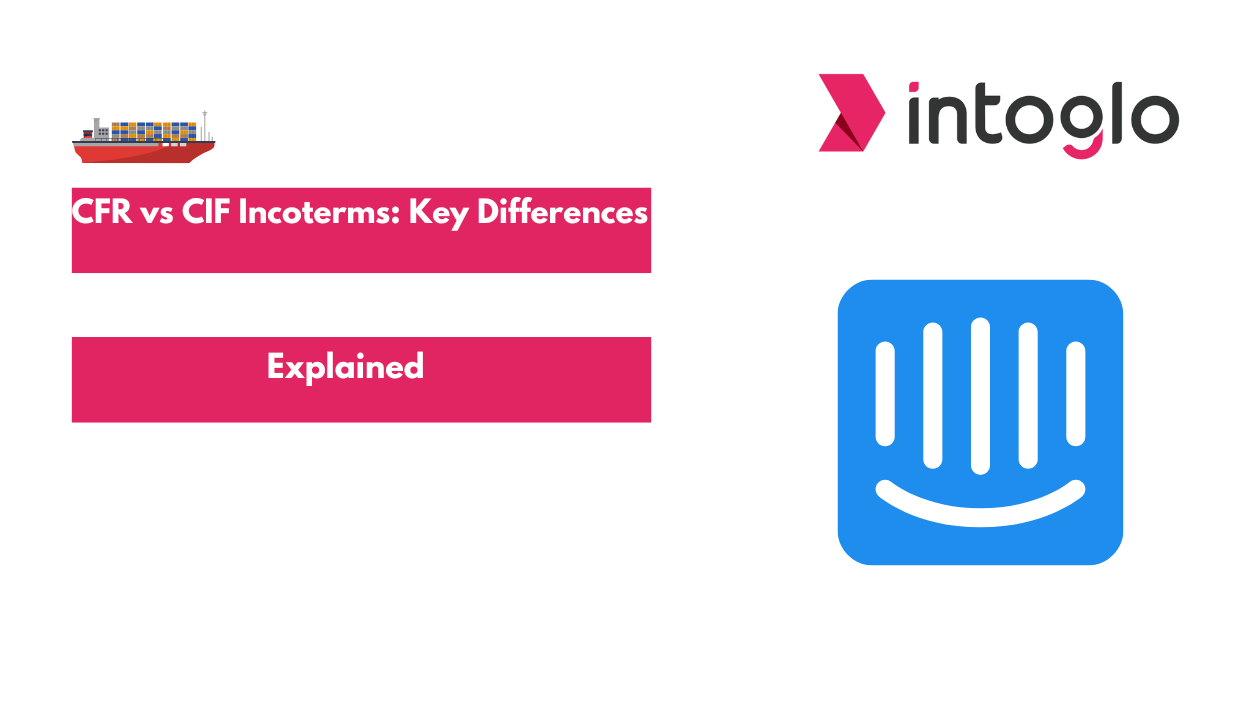

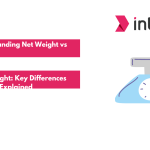
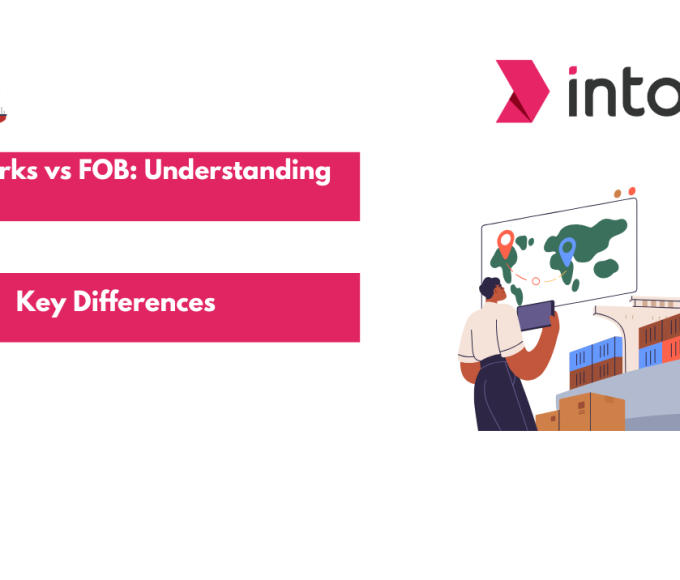
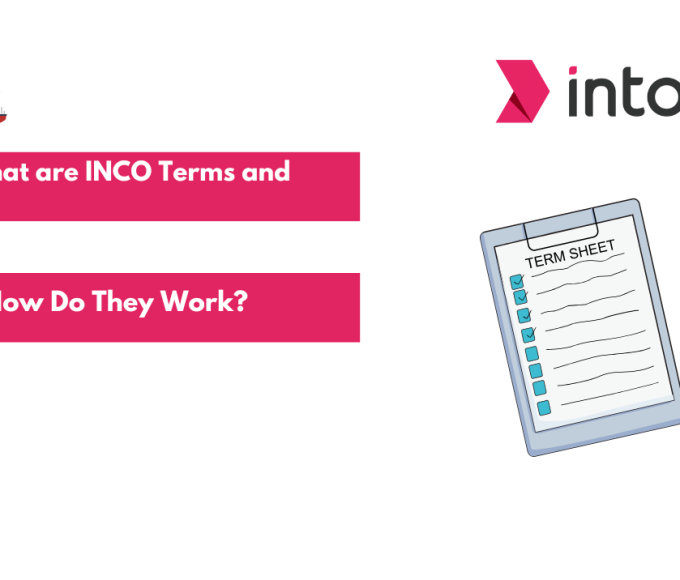
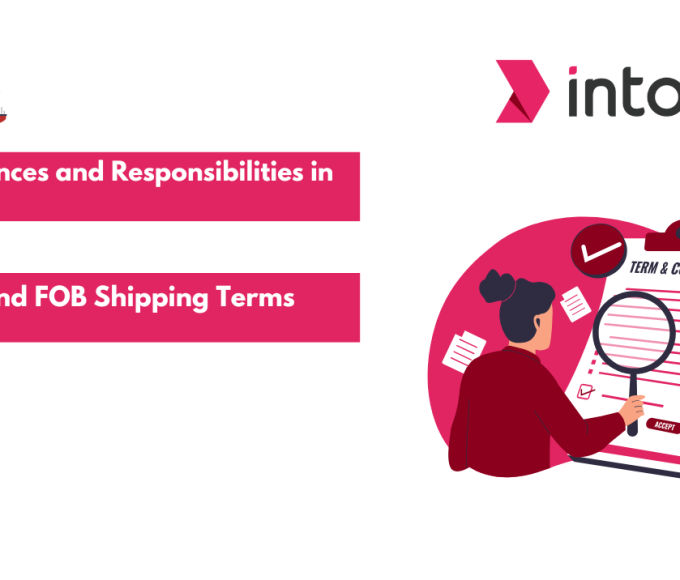
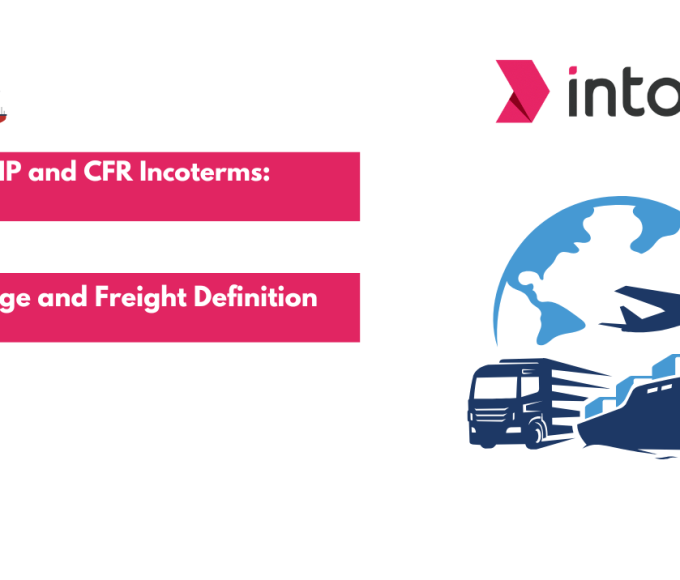
Leave a comment